“Honey, you can try intermittent fasting!” I told a friend who was juggling between diet plans and traipsing from one dietician to another. I had been trying hard to convince her to experiment with intermittent fasting instead.
“Control over the palate while eating is as vital as talking. It is customary in our community.” I added. She perhaps thought I was preaching to her for she informed me that she was no celebrity who lived luxuriantly. ‘’Oh, you are one, trust me,’ I said, knowing well that she did not require any external motivation or a pep talk.
A healthy lifestyle or just a way of ritualistic living!
Being born a Jain (an atheistic religion that gives prominence to Karma), I have people at home for whom intermittent fasting has been a lifestyle.
According to the Jain texts, abstaining from the pleasures of the five senses and meditation defines fasting.
Non-violence and fasting after sunset
The concept of Chauvihar has been mentioned in the Jain scriptures for ages. It is a practice in Jainism, which means one does not take any food or beverages after sunset till sunrise the following day. Jainism believes in an intense form of nonviolence. The germs and microbes that disappear when there is sunlight, are in fact, not destroyed. Rather they pervade the environment after sunset. These microbes, invisible to the naked eye, get into our food. Not only ascetics but people who adhere to religious vows, also practise this.
There are many variations in fasting, which encourage us to follow what we can and help us keep a tab on ourselves. Not just the period between dusk and dawn, people also fast for short intervals like two hours. It can be anytime throughout the day by chanting ‘Namo Arihantanam’.
These are the first two words of the Navkaar mantra (a Jain prayer), which means ‘I bow down to all Arahants or the conquerors of senses’. The longer-duration fasts( ranging from abstaining from food for three days to a year, often without drinking water) are celebrated with great fanfare by friends and families. Special ceremonies are conducted.
Fasting is better than feasting!
For us, festivals mean fasting. People also fast on their birthdays.
Is there a better way to celebrate than by strengthening the body and the soul?
There is an eight-day-long festival called Paryushan (this is for Shvetambar Jains; the time differs for Digambar Jains) wherein the kitchen is shut down as soon as the sun sinks. For eight days, only grains, cereals, and lentils form the major portion of the diet. Even plant-based food (fruits and vegetables) is not consumed. On the last day (called Samvatsari), a fast is observed by family members of all ages.
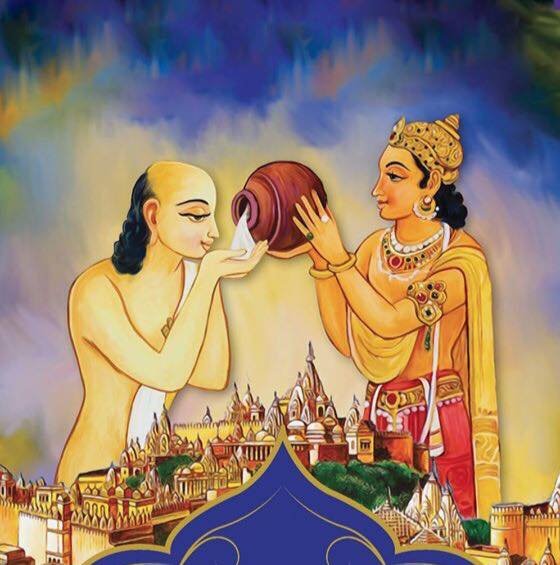
Lord Aadinath or Rishabhdev, the first Jain Tirthankara of the current cycle, ended his 400-day fast on Akshay Tritiya when a Shravak (an adherent of Jainism) named Shreyans Kumar offered Lord Aadinath Ikshu Ras (sugarcane juice).
A year-long fast called Varshitap (alternating between fasting for a day or more) and Ekashna (sitting at a place and eating only once throughout the day; not even tea or coffee before or after that) or Beasna (eating twice) for a year; no water after sunset on Akshay Tritiya is around the corner. Preparations have already begun for this auspicious day.
Parna is breaking fast the next day (after the fast or series of fasts), forty-eight minutes after sunrise (Navkaarsi) or two hours later (Porsi). There are many other rituals associated, but I am sticking with the formalistic and methodical fasting rituals here. (for that matter, asking forgiveness is another tradition in Jainism).
Santhara, the Jain Approach to Dignified Death. There is another practice known as Santhara or Salekhana. In 298 BCE, Chandragupta Maurya meditated for weeks without eating or drinking until he died.
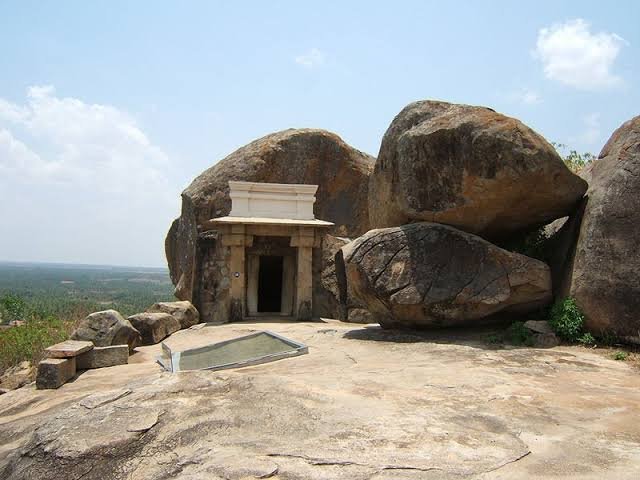
Sallekhana is a practice that is believed to lead to spiritual liberation. Its purpose is to purge old karmas and prevent the creation of new ones.
One of my relatives, a nonagenarian and a woman of many parts, was diagnosed with cancer. Since she could not be given radiation therapy, she was on pills. Gradually she lost her appetite. But the determined lady did not give up her ritualistic fasting. Friends and family poured in to visit her and were amazed to see her strength. Her health deteriorated, and after a point, she stopped the pills. She decided to observe Santhara, to peacefully shed her body and move towards Moksha. When she died, her funeral procession was grand. Seated on a vaikunthi, her earthly remains resembled a saint in deep meditation. With men, women (In santhara, even women go to the crematorium) band and bhajans, she was bid a grand farewell.
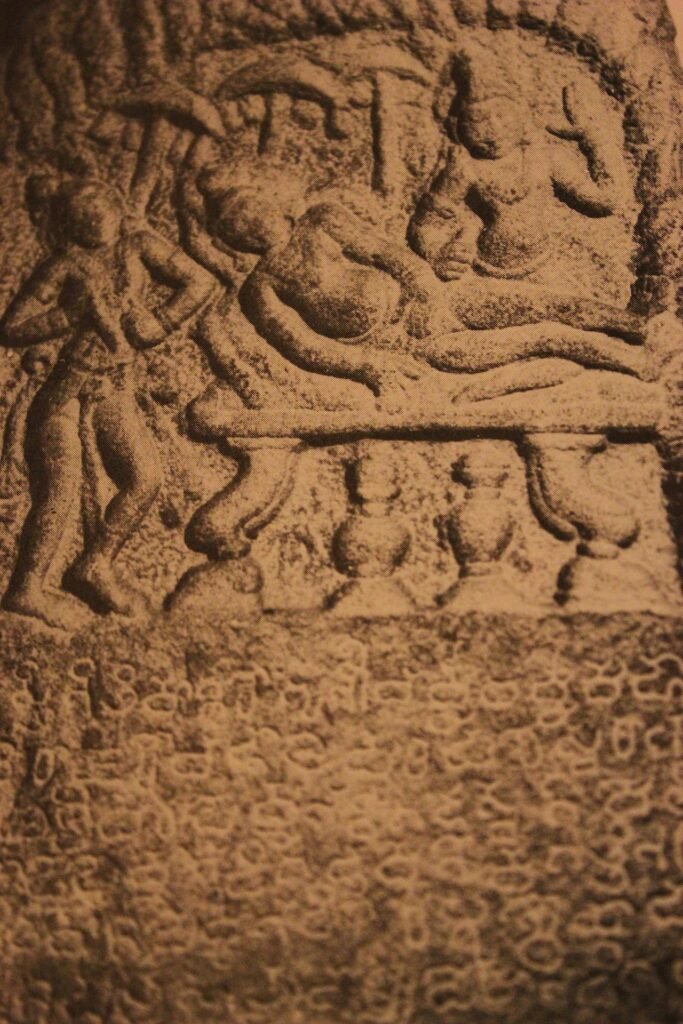
But it is to be noted that an individual can take the pledge of Santhara only if he is old or is suffering from a terminal disease. Who wants to compensate for his bad karma by giving up on life? These are the rules mentioned in the holy scriptures of the Jains. The basic idea is to purify oneself through the process of fasting during the last few days of one’s remaining life.
It is all scientific!
Chauvihar is the religious way of pursuing a good life. However, modern science has also found value in early eating. Chauvihar advocates an early dinner for good health. It helps with better digestion, weight loss, good sleep and cholesterol control. Though it’s a ritualistic practice for us, intermittent fasting as a weight loss approach has also been around in various forms for ages. It was highly popularised by the documentary ‘Eat Fast, Live Longer’ and the books ‘The Fast Diet’ and ‘The Obesity Code’. Many people consider it a modern approach to a fit body, but we see it as a measure to purify the body and the mind. This is why I wish to follow such rituals.








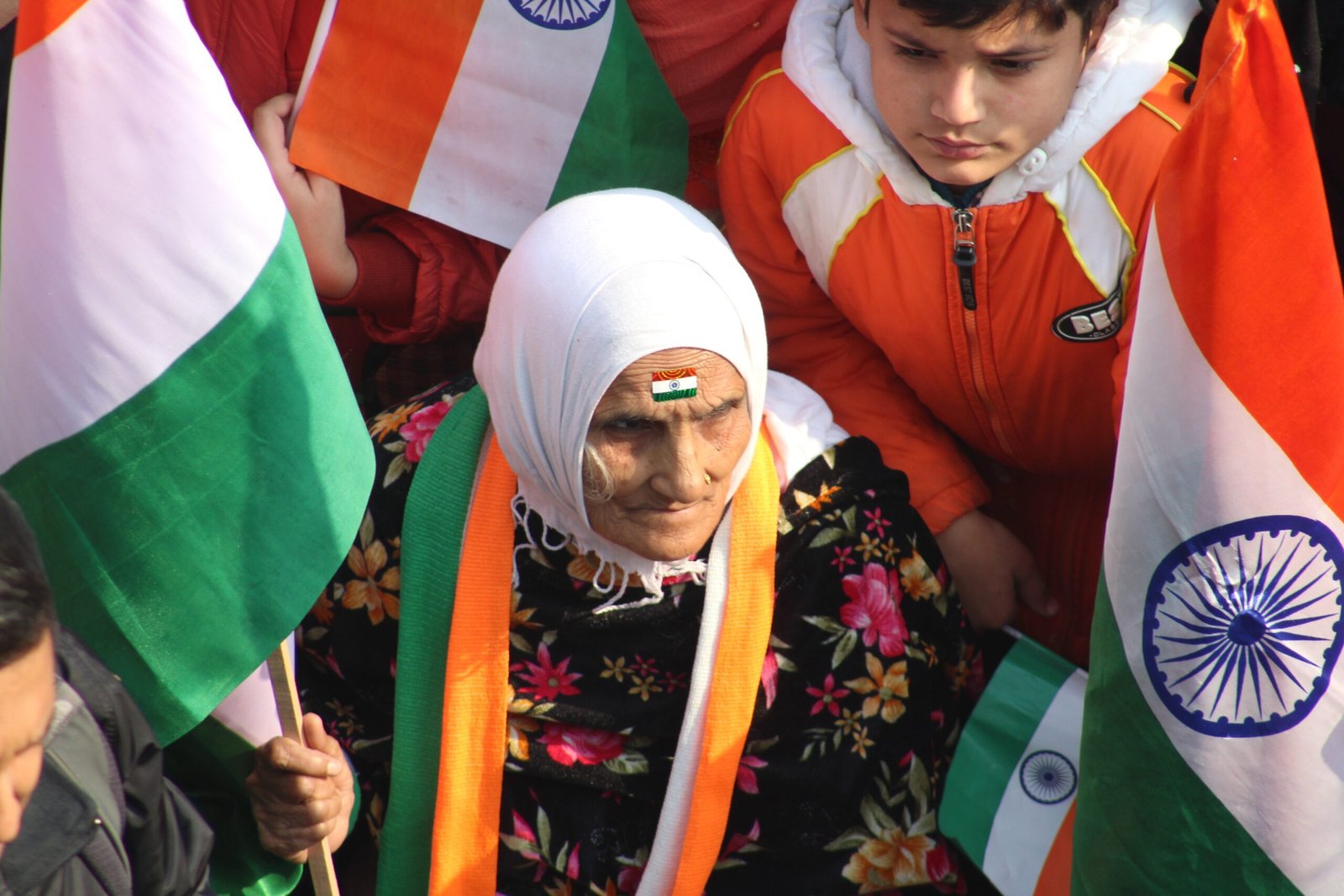


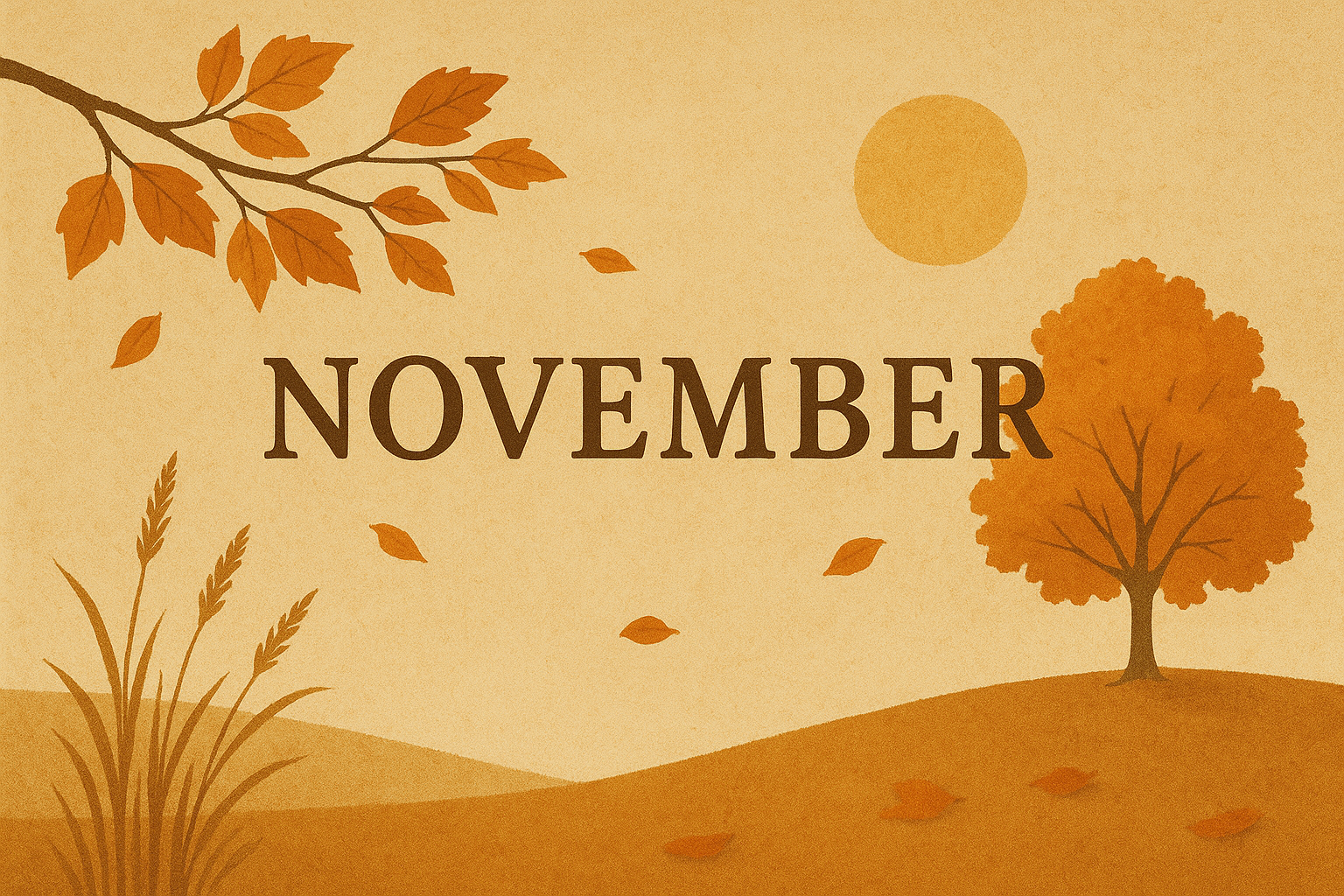


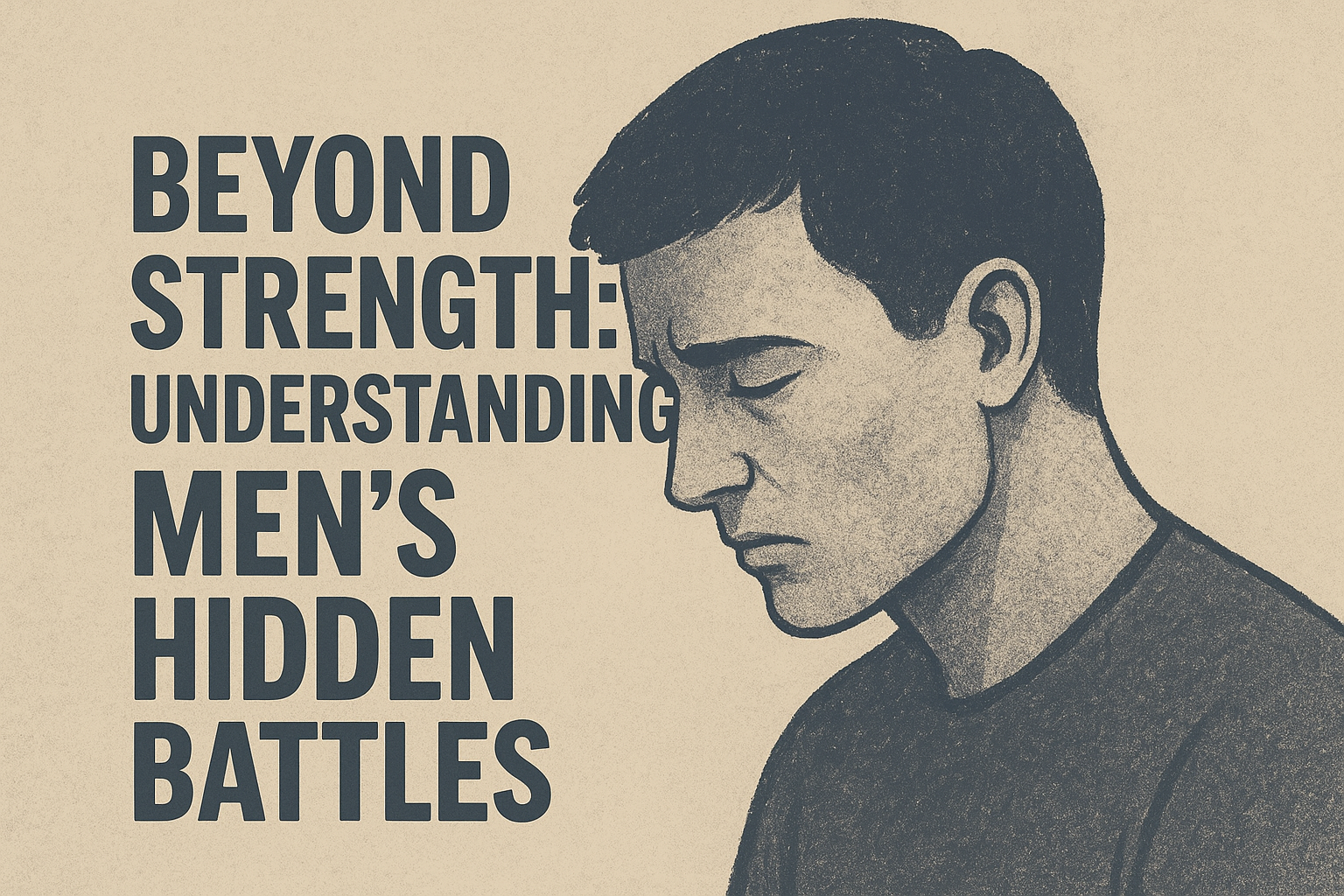
One Response
Yes this has been there for years with us but dint look at the things this way,
Thanks for giving one more perspective to the jain ideologies